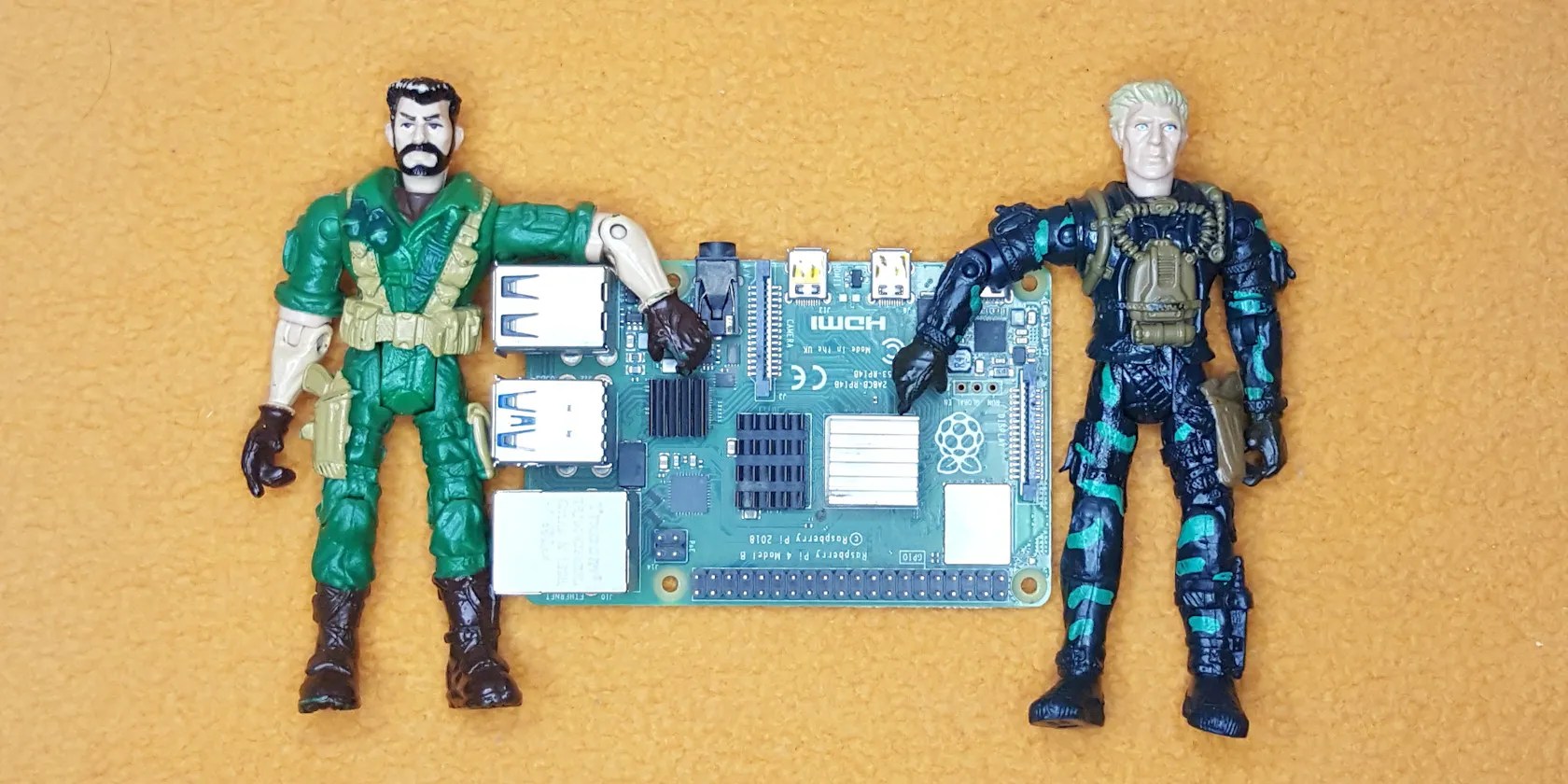How to Create a New User in Raspberry Pi OS
Older versions of Raspberry Pi OS used to have standard user credentials by default. Although the newer version asks you to create a custom username and password during installation, you may need to create more users down the road to meet additional requirements.
You can do this easily using Linux commands, and since Raspberry Pi OS is a flavor of Linux, the same commands apply to other distros as well.

Create a New User in Raspberry Pi OS
You can use bothuseraddandaddusertocreate a new user on Linux; the commands are slightly different though. useradd is a low-level command and works with all Linux distributions, whereas adduser is high-level command and works with fewer distributions. Both commands work fine on Raspberry Pi OS.
Use this command to create a user namedvishnuusing useradd:

However, the command does not create a home directory for the new user. This is how you would create system users that do not need a home directory. Also, you have to set the password for the new user using:
In contrast, the adduser command asks you to set the password at the time of creating the user.

Also, it creates a home directory with the name of the user. it’s possible to check it with:
Create a New User With a Specific ID
New users get the next available UID by default. Sometimes it is desirable to create a new user with a custom UID. You can do this by using:
-uspecifies UID, 2200 in this case. Once the new user is created, you can check with theidcommand, which shows UID as well as the groups a user belongs to.

How to Create a New User With a Custom Home Directory
If you want a custom name for your home directory, you can use the command:
-mspecifies that the home directory must be created and-dspecifies the location of the directory.

Give a New User the Right Privileges
You created a new user, but it’s a standard user and does not belong to the groups that the default user of the Raspberry Pi does. Without being a member of those groups, the new user cannot administer the system and manage situations where elevated privileges are required. For example:
To add the new user to the sudo group, run:
…where-aspecifies add and-Gspecifies group.
To add the new user to all the groups as the default user, first list the groups of the default user with:
Then, add the new user to those groups with:
Delete Unwanted Users on Raspberry Pi OS
On Raspberry Pi OS, you need to delete the default userpiif it’s not essential. This is for security reasons. If you’ve enabled SSH on the Raspberry Pi with the default usernamepi, it is vulnerable to brute force hacking unless it is protected by a rate limiter application like Fail2Ban.
On Raspbian, which is an older version of the OS, it is almost mandatory to delete the userpiwhen SSH is enabled becausethe default username and password are preset.
To delete the default user, you must log in as a different user. To do that, you need to disableAuto loginfirst.
Now login as another user who has sudo privileges and delete the required user using:
If you want to remove the user’s home directory as well, use:
…where-ris for removing the home directory.
You can also use thedelusercommand to do the same; the arguments are different though.
Creating New Users Using Commands Is Easier Than You Think
Commands are what make Linux special; they give you far more flexibility to specify the exact instructions.
Often, GUI cannot accommodate all the elaborate functions that commands can do. Learning commands is like talking to the computer in its native language, and it is easy.
Want to get more from your Raspberry Pi? Here’s loads of helpful commands to navigate the Pi’s terminal and program its GPIO pins.
Who asked for these upgrades?
Quality apps that don’t cost anything.
These are the best free movies I found on Tubi, but there are heaps more for you to search through.
You’ve been quoting these famous films wrong all along!
Make sure you don’t miss these movies and shows before Netflix removes them.